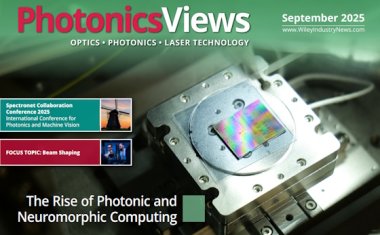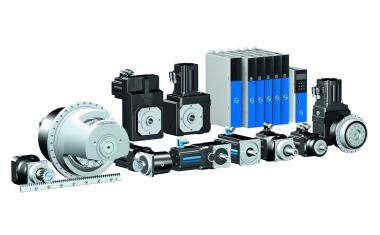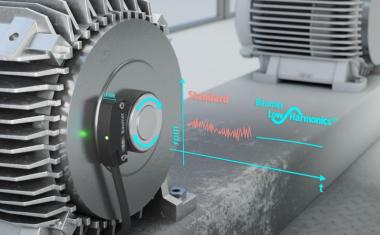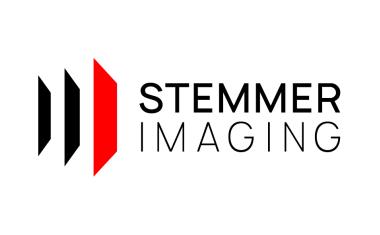World Robotics R&D Programs published
Robotics research: how are Asia, Europe and America investing?
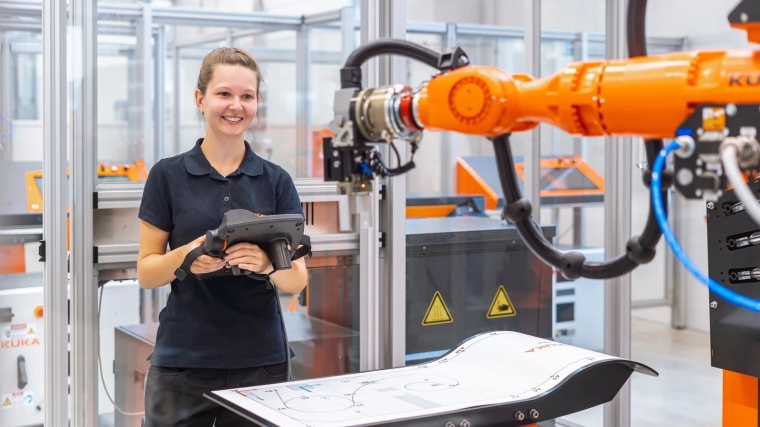
Economies around the world are investing in robotics to support industry and society. However, government research and development (R&D) programs are pursuing very different strategies: In its report “World Robotics R&D Programs 2025,” the International Federation of Robotics analyzes official funding programs in Asia, Europe and the Americas.
“The fourth edition of the 'World Robotics R&D Programs' report covers the latest developments in the funding programs, including updates for 2024,” says Prof. Dr. Jong-Oh Park, deputy chair of the IFR research committee and member of the executive board. “We analyzed a total of 13 countries, with Singapore and Canada being featured in detail for the first time in this publication."
Research and development programs at a glance: China, Japan, Korea, EU, Germany, USA
In China, the “14th Five-Year Plan” for the development of the robotics industry will run until the end of 2025. The program focuses on promoting innovation. The Ministry of Industry and Information Technology (MIIT) had given the go-ahead in December 2021. The goal is to make China a global leader in the field of robot technology and industrial development. The “Key Special Program on Intelligent Robots” was updated in July 2024. The development of independent key sectors for the national economy is to be supported with a budget of around 45.2 million USD (approx. 329 million CNY). The main objectives include fundamental cutting-edge technologies, such as training generative AI models.
As the latest statistical yearbook “World Robotics” from the IFR shows, China has achieved a robot density of 470 units per 10,000 workers in its manufacturing industry: This puts the country in third place worldwide in 2023. China only entered the top 10 list in 2019 and has managed to double its robot density within four years.
In Japan, the “New Robot Strategy” aims to make the country the world's leading center for robot innovation. The key sectors remain unchanged: manufacturing, care and medicine, and agriculture. Launched in 2020, the Moonshot Research and Development Program will run until 2050 and has a budget of 440 million US dollars (25 billion JPY). Ten defined moonshot targets in the areas of society, the environment and the economy are designed to promote “human well-being”. These include, for example, challenges that the country will face in the future: an ageing population and global warming. The program specifically promotes AI projects in which robots learn autonomously, adapt to their environment, develop their artificial intelligence and work together with people.
According to the IFR statistical yearbook “World Robotics”, Japan is the world's leading manufacturer of industrial robots. The country ranks fifth in the world in robot density, with 419 units per 10,000 workers.
In January 2024, the government in South Korea announced the “4th Basic Plan on Intelligent Robots” with a funding of 128 million USD (180 billion KRW) and a duration until 2028. The plan aims to develop robotics as a core industry of the fourth industrial revolution and to promote innovation in manufacturing and the service sector. The Korean robotics industry is to become more competitive with improved technology. In addition, the country wants to strengthen strategic cooperation between companies and international and interregional cooperation in the robotics industry.
The IFR's statistical yearbook “World Robotics” lists Korea as the world leader in the use of industrial robots, with 1,012 robots per 10,000 employees. Robot density has increased by an average of 5% every year since 2018.
“Horizon Europe” is the EU's most important framework program for research and innovation, with a budget of $100 billion (€95.5 billion) and a duration until 2027. The main objectives are: strengthening the EU's scientific and technological foundations and promoting innovation capacity and competitiveness. The European Commission is providing a total of $183.5 million (€174 million) for the robotics-related work program from 2023 to 2025. The focus is on achieving industrial leadership in the fields of AI, data and robotics, a clean energy transition and innovative health initiatives, to name just a few examples.
According to IFR statistics, the European Union has a robot density of 219 units per 10,000 employees. Germany, Sweden, Denmark and Slovenia are among the top 10 automated economies worldwide.
The German High-Tech Strategy 2025 (HTS) has a total budget of 369.2 million USD (350 million EUR) and will run until 2026. The “Robotics Research Action Plan” is designed to support the networking of research centers as “Robotics Institute Germany” (RIG), promote skilled workers and bring robotics research results into application.
According to “World Robotics” statistics, Germany is the largest robot market in Europe - with 429 robots per 10,000 employees, it ranks fourth worldwide in robot density.
In the United States, public funding programs in the field of robotics primarily include the National Science Foundation's (NSF) basic research on intelligent robots and autonomous systems, NASA's space robotics, and the Department of Defense's (DoD) Military Robotics and Autonomous Vehicles program. In May 2019, NASA launched the Artemis program to send astronauts to the moon and develop new capabilities for missions to Mars after 2024. The total budget for Artemis for the fiscal years 2021 to 2025 is 53 billion USD. The NSF research programs support the development and use of robots in workplaces, hospitals, communities, and households. The budget requested for 2024 is around $70 million. The 2023 budget of the US Department of Defense included a total of $10.3 billion for robotics and autonomous technologies.
According to the IFR statistics “World Robotics”, the USA ranks 10th worldwide with a robot density of 295 units per 10,000 employees. The USA ranks third worldwide in terms of annual installations of industrial robots.



